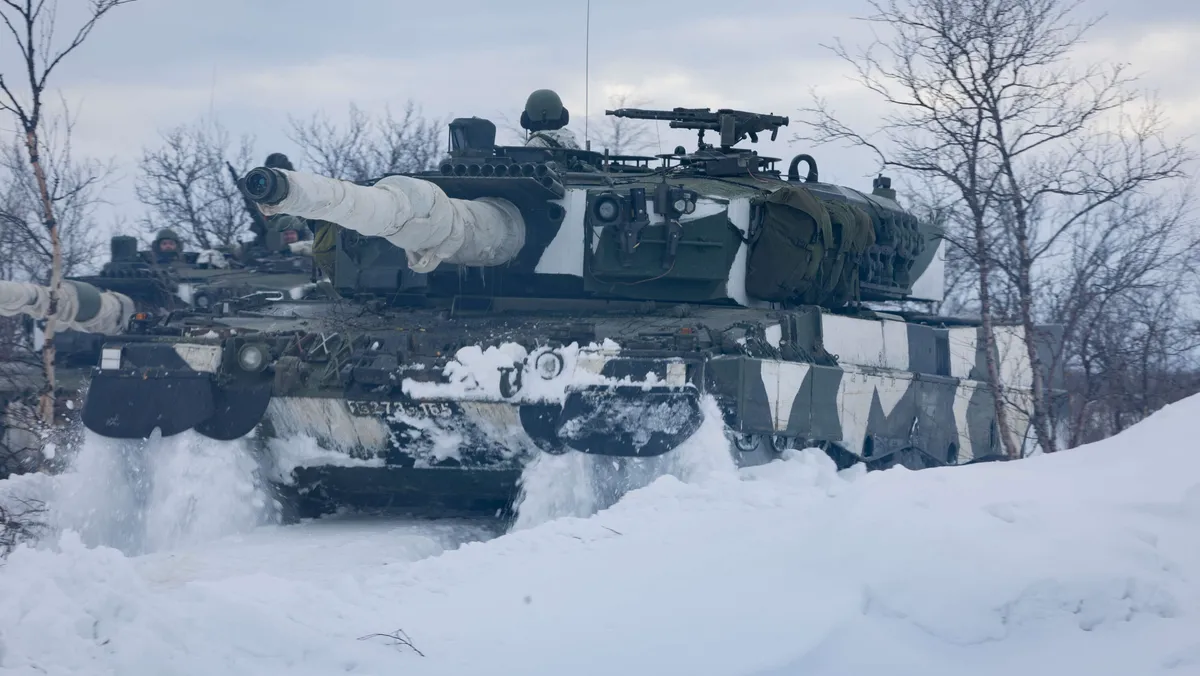Donald Trump In a short period of time, return to power has shaped the US foreign and security policy line in ways that have exceeded even the darkest risk assessments.
To the extent that Trump failed to convince all European countries in the need to improve his defense capacity in the previous season, the message has arrived over the past few weeks.
Increasing defense capacity requires significant financial investments and also value choices that have traditionally been found difficult. At the same time, European countries should be able to equip Ukraine, strengthen their own defense capacity, and cut off the spiral of slower economic growth.
Despite all the pessimism, Europe has a great chance to succeed in all three at the same time. This requires a strong financial base and rapid decision -making capacity is currently targeting the production capacity of the underlying basic industry to produce weapons.
ESM could act as a model for the 500 billion fund
In terms of funding, the public debt of European Union countries in relation to GDP is significantly lower than, for example, the United States. In addition, the EU has seized the Russian Central Bank reserves worth about EUR 250 billion, which, despite their sensitivities, could be channeled with sufficient political will to support Ukraine.
Europe also produces the world’s best weapons for traditional front warfare, which the Russian offensive war has become blunt due to Ukrainian determination.
In connection with the debt crisis of the states, the euro countries set up a temporary stabilization instrument in 2010, EFSF, which became a permanent stabilization mechanism, ESM.
This could also be an excellent model for the European Defense Fund, which should be about EUR 500 billion, the same size as German defense investments, to ensure Europe has to ensure the fightability of Ukraine.
The interest rate would be paid for Russian seizures
The Defense Fund would serve as a financial instrument and procurement organization, which would be a significant difference compared to the EU proposal (Rearm Europe). Its configuration would naturally follow the principle of a consortium of willing countries lately, which would allow, for example, Britain and Canada to participate.
Interest costs would be handled, for example, by 250 billion seized from Russia.
Basic capital and the state guarantees of the Member States, which are subject to the requirement of the brotherhood, would be distributed according to the size of the households. War bonds calculated by the fund form the financial basis of equipment, which would be carried out by, for example, 250 billion seized from Russia.
Investing in Ukraine by investing in the European defense industry would also be to revive the economy. This could bring our continent back to a faster growth career, as the resuscitation would be very targeted at the basic industry currently operating with a short capacity.
At least this type of model could be worth a try, because no better option for Finland and the Baltic countries have yet been available in the current situation.
The author is the director of Sitra’s anticipation and education functions.
